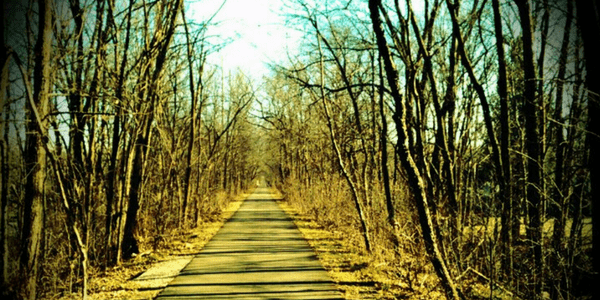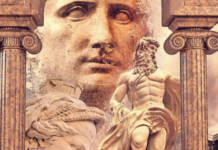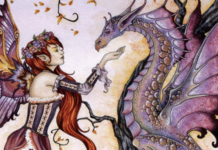
 The Path of Paganism: An Experience-Based Guide to Modern Pagan Practice, by John Beckett
The Path of Paganism: An Experience-Based Guide to Modern Pagan Practice, by John Beckett
Llewellyn Worldwide, 9780738752051, 336 pp., 2017
Last fall John Beckett released his first book, The Path of Paganism: An Experience-Based Guide to Modern Pagan Practice. Expectations were high. If you’ve followed his blog at Patheos or heard him speak at a gathering, you will know that he is a kind, patient, clear speaker, who values communities and big tent Paganism. This book is entirely consistent with Beckett’s previous work, and absolutely lives up to expectations. In a world full of 101-style books for new witches and Pagans, this book stands above and beyond them for several reasons.
Firstly, The Path of Paganism is written for the audience that has already read those 101 books and wants to know, “What next?” You’ve read books about what a particular path is, maybe you’ve attended a few rituals, maybe you’ve tried some things on your own, but now what? This book has practical ideas for incorporating your practice into your life, including such things as adapting the Wheel of the Year to your particular environment, folding in ancestor veneration, and ways to craft your own rituals.
Secondly, this book talks about the basics of polytheism, as well. Paganism and polytheism often, but not always, go hand in hand. Yet, most 101 books tend toward a Wiccan-based practice. Having polytheist-specific concepts in a book aimed at a large audience feels like an important step in the broadening of the modern Pagan experience. Beckett knows his audience, and his care for his audience and the subject matter shines through.
Thirdly, this book is a fantastic primer to hand to people outside Paganism who want to understand the nuances of just what modern Paganism is about. The Path of Paganism was not written for that audience in mind, and yet chapter two is one of the very best overviews of the tradition I have read. In this chapter, Beckett discusses just what big tent Paganism is, and describes his model of the four centres of Paganism (community, self, gods, and nature) in a way that will be accessible to newcomers of all stripes.
Throughout the book, Beckett challenges the capitalistic aspects of modern culture and the idea that nature-loving Pagans can somehow “save” the environment. “Nature religion is NOT about saving the planet,” he says, “[t]he outcome of providing reverent care to nature is not saving the Earth; it’s saving ourselves, our fellow humans, and fellow creatures.”1 The planet is busy saving itself; we should care of it out of reverence. The anthropocentric, white-saviour model is swiftly dismantled here. In a later chapter, Beckett continues this trend with a section on cultural appropriation, why it’s harmful, and how to avoid it.
While Beckett is quick to criticize capitalistic tendencies within modern Pagansim, going so far as to call out his fellow Pagans for having about the same ecological footprint as most non-Pagan Americans, his depiction of “re-wilding” is relatively tame, but will appeal to more mainstream readers.2 Again, Beckett knows just who his audience is.
Beyond being a how-to book, The Path of Paganism is also about why Paganism is relevant in our current cultural climate, and how we can engage more deeply in our practice, shedding bad theologies, such as “creating your own reality” and “cosmic lessons,” and generally walk our talk. ((p. 199))
The Path of Paganism: An Experience-Based Guide to Modern Pagan Practice. is a book I will come back to many times, and I unreservedly recommend for beginners and experienced Pagans alike. This is the book I will give friends or family who inquire about my practices, it’s what I’ll recommend to people starting out on their paths, and it’s what I’ll recommend if people are feeling stuck. It’s a tremendous boon to bookshelves everywhere.
Image credit: noodlesthekuppy








